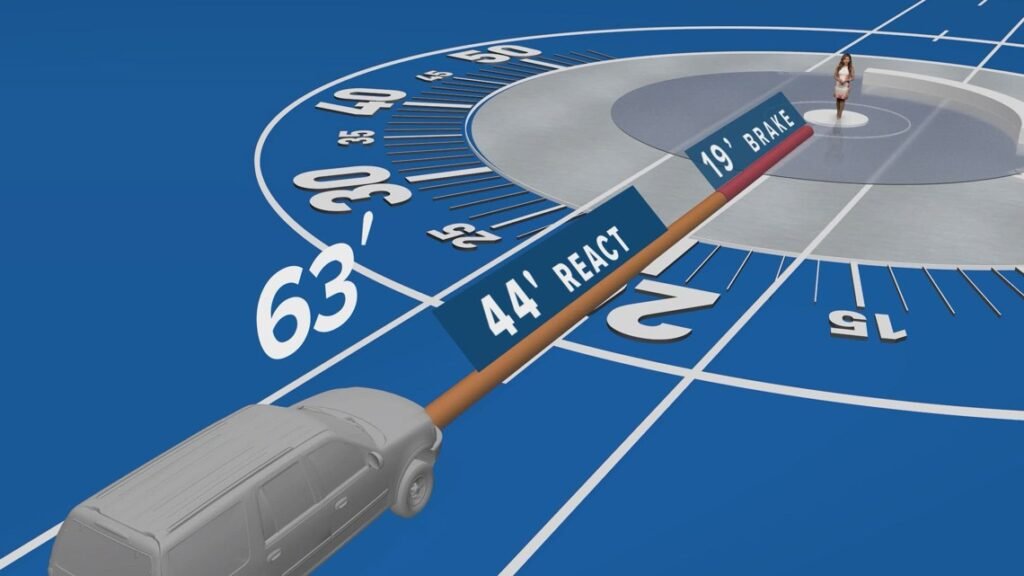KHOU 11’s Jennifer Reyna broke down why it’s especially important to slow down and pay attention in school zones.
HOUSTON — We’re counting down the days until school is back in session here in Houston, which means school zones will soon be active again for drivers.
KHOU 11’s Jennifer Reyna broke down why it’s especially important to slow down and pay attention in school zones.
To show what it looks like when you speed, we went to the National Highway Transportation Safety Advisory to highlight what can happen.
Two things factor into the equation. The typical reaction time to actually recognize a child running in the street is about 3/4 of a second. Add another 3/4 of a second to slam the brakes. That’s 1 1/2 seconds. Then you have to add up the distance it actually takes for your car to stop.
Let’s say you’re going the speed limit in a school zone – 20 mph – in ideal conditions with dry roads. Your car will stop in 63 feet — that’s 44 feet for your reaction time and 19 feet for braking distance.
Now, if you’re speeding by going 30 mph in a 20 mph zone, that distance almost doubles. Your car will need 119 feet to stop, which is about half of a football field.
And if you’re going 40 mph, it’ll take your car 164 feet to stop.
When it comes to stopping distance, the mechanics of your car, the condition of your tires, and the road conditions all play a role.
